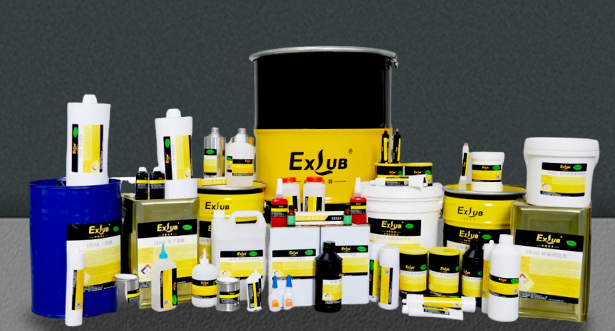


Structural adhesives are chemicals that form strong, durable bonds between materials and are widely used in construction, automotive, aerospace, electronics, and other fields. The chemistry behind them involves a variety of chemical reactions and physical effects, mainly including polymerization, cross-linking, surface wetting, mechanical interlocking and so on. In the following, the chemical principles of structural adhesives will be discussed in detail from the aspects of chemical bonding, molecular structure and reaction mechanism.

1. Chemical Bonding: The Foundation of Strong Adhesion
Covalent Bonds: Atoms share electrons to form ultra-strong bonds. Example: Epoxy adhesives react with hydroxyl/amino groups on surfaces (metals, plastics) to create durable bonds13.
Van der Waals Forces: Weak molecular interactions (dipole-dipole, dispersion) enhance adhesion through cumulative contact, especially on smooth surfaces12.
2. Polymerization & Cross-Linking: Building Strength
Polymerization: Monomers like acrylates link via free-radical reactions, forming long polymer chains for rapid curing (ideal for aerospace metals)34.
Cross-Linking: 3D networks form when epoxy resins react with amine hardeners, boosting heat resistance (up to 200°C/392°F) and chemical stability13.
3. Surface Science: Wetting & Interface Bonding
Surface Wetting: Adhesives with low surface tension spread evenly on substrates (e.g., aluminum, composites), minimizing voids for stronger bonds16.
Chemical Coupling: Silane agents create Si-O bonds between adhesives and inorganic surfaces (glass, ceramics), preventing delamination26.
4. Mechanical Reinforcement Strategies
Micro-Interlocking: Adhesives penetrate porous materials (wood, concrete), forming physical anchors after curing46.
Nanocomposites: Adding silica/carbon nanotubes improves fracture toughness and thermal stability (critical for automotive underhood use)12.
5. Adhesive Types & Industrial Applications
| Type | Chemistry | Applications |
|---|---|---|
| Epoxy | Epoxy-amine cross-linking; chemical-resistant | Automotive assembly, electronics potting13 |
| Polyurethane | Isocyanate-hydroxyl reactions; UV/weather-resistant | Marine composites, construction sealants13 |
| Acrylic | Free-radical polymerization; fast-curing | Aircraft panels, industrial machinery34 |
| Silicone | Silanol condensation; flexible & heat-resistant (up to 300°C/572°F) | High-temperature gaskets, solar panels25 |
6. Environmental Factors Affecting Performance
Temperature:
High temps soften adhesives; low temps cause brittleness. Choose thermally stable formulas (e.g., silicones for extreme conditions)25.
Humidity:
Moisture degrades polyurethanes; store in dry environments or use moisture-curing variants36.
UV Exposure:
UV breaks down organics (acrylics, polyurethanes); add UV stabilizers or use silicones/epoxies outdoors14.
7. Future Trends in Structural Adhesives
High-Performance: Nano-engineered adhesives with graphene for aerospace/EV battery bonding35.
Multifunctional: Electrically conductive adhesives for wearable tech; self-healing polymers26.
Sustainability: Bio-based epoxies and low-VOC formulations to meet EPA/REACH regulations
Email to this supplier
2025-01-06